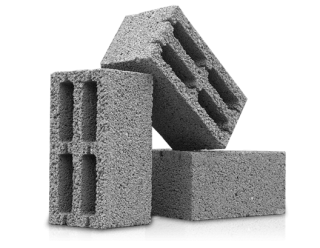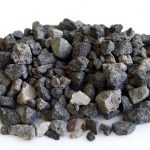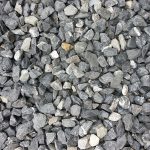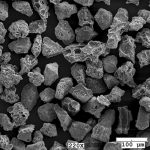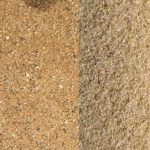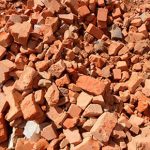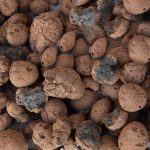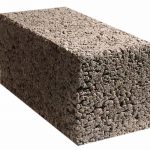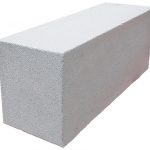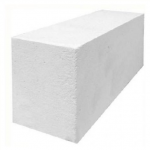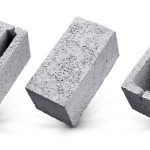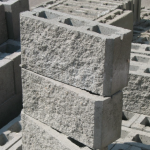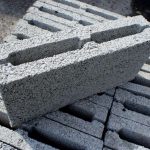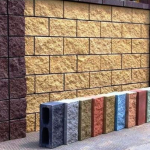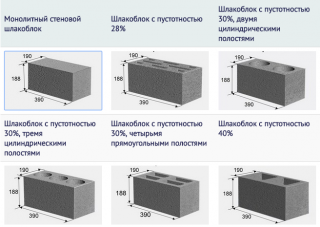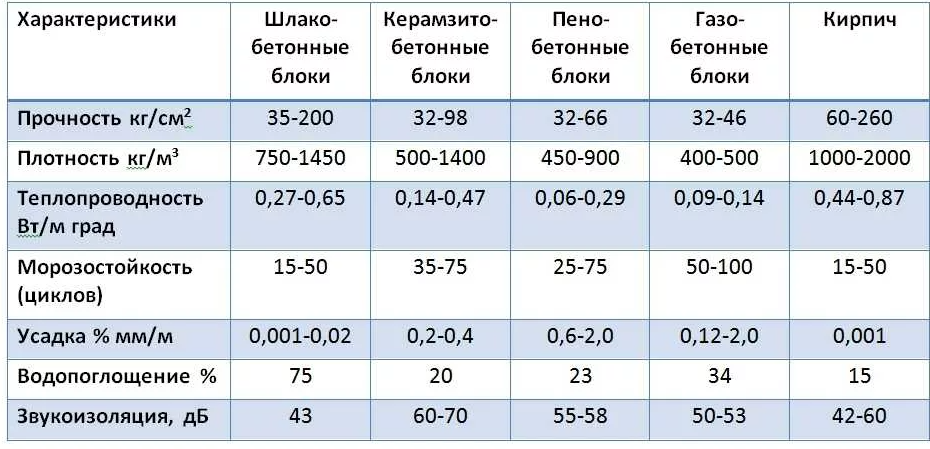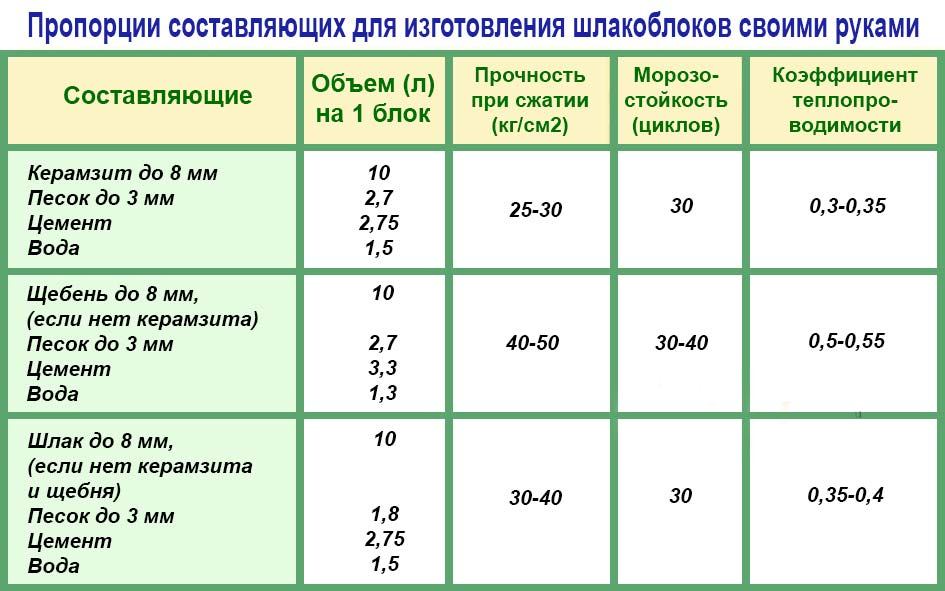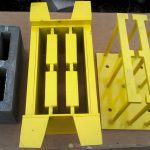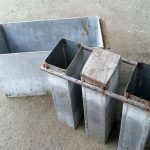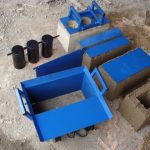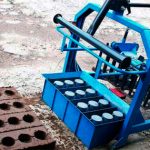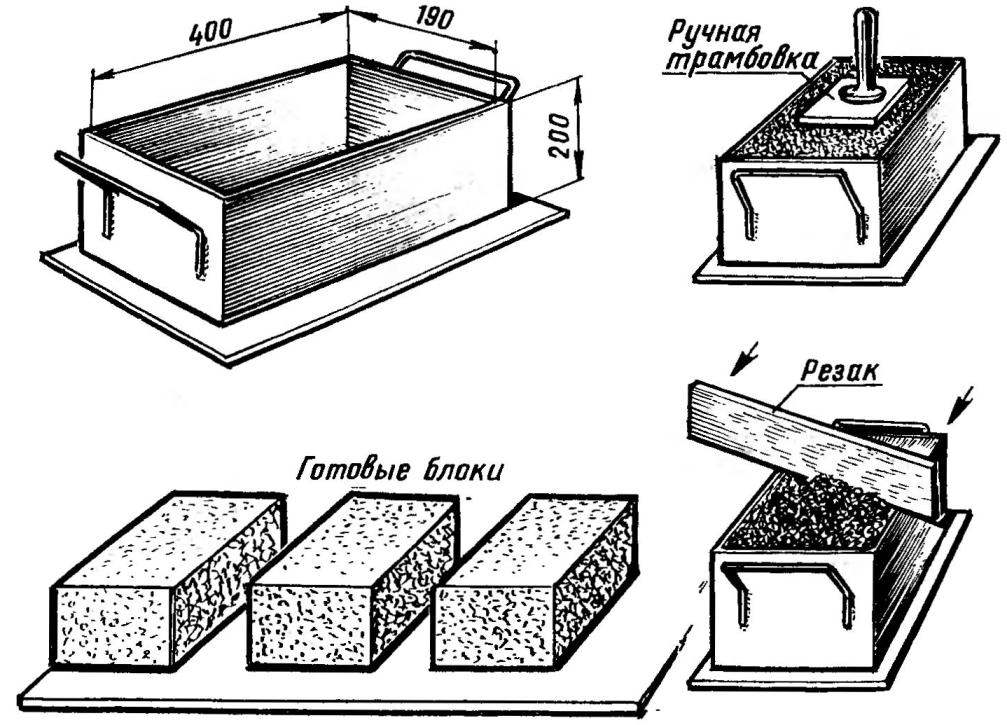From artificial stones based on cement and mineral filler, walls are built with a height of 1 - 1.5 floors. The building is being erected faster than from other materials - the size of the cinder block plays a role, which is much larger than the parameters of the brick. Blocks are produced not only in production conditions, craftsmen cope with the production on their own.
- Description of cinder block for construction
- Positive and negative qualities
- Differences from other wall materials
- Varieties of cinder blocks
- Standard Features
- Making cinder blocks yourself
- Composition and proportions of the solution
- Pouring and drying
- Calculation of the quantity per house, the number of products on a pallet, in a cube
Description of cinder block for construction
Use component options included:
- blast furnace slag;
- crushed granite, gravel, screenings;
- volcanic ash;
- river sand;
- brick, concrete, cement, glass breakage;
- expanded clay.
Brand of products determined by the index of compressive strength, which shows the magnitude of the force withstand by the material without destruction (the number after the letter M). The following brands of cinder blocks are produced: M-35, M-50, M-75, M-100, M-125, M-150.
Material low strength is used for insulationto increase the cold protection of the load-bearing structure. Stamps 50 and 75 are placed on external partitions and walls without significant load, and durable grades are used for outdoor walls with beams and floor slabs resting on them. In this case, a reinforced concrete belt is additionally made along the top of the perimeter of the walls in order to increase the bearing capacity. Sometimes blocks are used for the construction of foundations, foundations in combination with high-quality waterproofing of structures.
Houses and outbuildings, garages, cellars are built from cinder block. The walls are gray and unattractive and therefore require decorative finishes.
Positive and negative qualities
A significant advantage of the material is its low cost. The proportions of the cinder block allow you to save on the amount of mortar used for masonry, and the construction time is accelerated. The stones are lightweight, so no cranes are used.
Differences from other wall materials
Expanded clay concrete and sand-cement in terms of manufacturing technology, blocks differ little from cinder blocks, but in terms of environmental friendliness they are superior to slag-cement material. The cinder block can have harmful impurities if production residues are used in ovens of chemically hazardous materials.In addition, expanded clay and sand blocks do not absorb water, surpassing cinder concrete in strength.
Compared with aerated concrete The cinder block has a greater bearing capacity, but absorbs less moisture. This is due to the fact that in the composition of aerated concrete stones there are associated voids from the gas outlet, but not in cinder-concrete ones. But the frost resistance of the latter loses.
Foam blocks They are similar in quality to cinder-concrete products, but the dimensions of the former are larger, therefore there is an advantage in the speed of installation. Cinder block replaces 4-5 bricks, and foam concrete - 7-8 pieces. The foam block is more expensive, but it has better heat-shielding characteristics, it has more accurate dimensions.
Brickwork - the most expensive of all wall materials. Walls made of cinder-concrete products weigh less, and the strength is at the same level. Brick has a high thermal conductivity, so it is insulated from the cold. Slag concrete itself serves as a heater, and does not require additional insulators.
Varieties of cinder blocks
The stones are produced for various purposes, the brand of cement, the size of the filler, the presence of voids and the dimensions of the product depend on it.
Produce commodity varieties:
- Hollow blocks and solid ones. Both types are used in construction, depending on the required strength for the project. Hollow stones significantly lighten the weight of partitions, walls, and solid products work well in the construction of the foundation, the base of the house.
- Decorative facing products... The build market offers them recently, but the material has gained popularity. One of the sides is covered with a decorative layer, which additionally insulates the surface from water and atmospheric dampness. The coating imitates natural materials, for example, marble, granite, different types of wood.
- Partition stones. They are characterized by low weight, small thickness, precise geometry.
- Colored products. When manufacturing, colored chalk, crushed brick powder, Portland cement are added to the mass. The material is used in the construction of fences, decorative columns, gables of buildings.
The foundation material has increased strength, does not crack. Such a base is placed on a concrete tape, and the array itself is isolated from the soil liquid. There is a kind of torn brick. It is also used to decorate walls, pillars, fences.
Standard Features
Standard weight for regulatory requirements:
- a full-bodied cinder block is 25 - 28 kg;
- hollow - 18 - 23 kg;
- half blocks - 10 - 13 kg.
The ability to pass heat the products are also different, the indicator depends on the type of filler... The coefficient of thermal conductivity of the material with shell rock is 0.27 W / m · K, and for large-crushed stone products it increases significantly.
Other characteristics:
- density material in the range of 0.75 - 1.45 t / m3, the indicator affects the strength, which happens in the range of 35 - 150 kg / cm2;
- frost resistance measured in 12 - 50 cycles, the area of use depends on this (northern, southern).
The use of chemical production waste limits the scope of application of cinder blocks only to external structures. Self-made blocks can be made environmentally friendly by using slag and ash from burning wood, coal in household stoves and boilers for filling.
Making cinder blocks yourself
The production is organized in a ventilated area with a firm and level base. Regular air exchange is essential for effective drying.
Two production methods:
- Manual. Mixing of concrete, pouring into molds is carried out without electric units, and the products are dried in natural conditions.The volume of production is small, the quality is in accordance with the standards.
- Vibration casting with appropriate oscillating table and pressing unit. The method can be organized in a workshop if you purchase equipment for the production of a large volume of cinder blocks (a house of significant squareness).

Composition and proportions of the solution
Apply cement grade not lower than М400... The filler is taken only from the slag, or crushed crushed stone is added (recyclable raw materials are allowed). Expanded clay and ordinary sand, crushed expanded clay, ground brick are introduced.
Approximate ratio of components:
- for 9 parts of the aggregate, 1.7 - 2.0 parts of the binder are taken (the filler includes: 1 part of sand, 1 part of crushed stone, 7 parts of slag, 2 parts of cement);
- the volume of M500 cement is taken 15% less than M400;
- the proportion of slag should not be less than 0.65% of the total filler volume;
- allow the use of construction waste (broken cement, screeds, plaster) in the manufacture of an artisanal method;
- water is in the total volume of 0.5 parts.

Pouring and drying
Bottomless shapes prepared from different materials, it is better to combine several cells along the width of the cinder block and the length in one formwork. They use metal, plastic, but wood will work as well. The walls should be smooth, without protruding fragments. Cylinders made of metal or wood are fixed to the bottom to form voids in a future product; bottles are often used.
Pouring process:
- the concrete mixture with a slide is poured into a mold;
- use a vibrating table for proofing the solution, or use deep electric vibrators;
- if vibration is not applied, then the walls are tapped with a hammer, and the surface of the mass is cut off by the rule along the edges of the formwork;
- the mass is kept for a day until it grasps and compresses;
- the semi-finished product is taken out, determined for storage, the approximate period of strength gain is 1 month.
It is impossible to organize production in the open sun, since the hardening of concrete occurs in unnatural conditions, which reduces the quality of the material.
Calculation of the quantity per house, the number of products on a pallet, in a cube
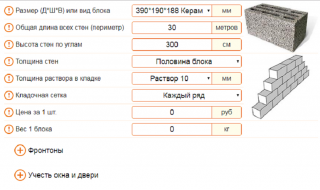
For the calculation, you need the sizes of the selected stones.
Dimensions used:
- standard 390 x 190 x 188 - length, width, height, respectively;
- less popular - 395 x 195 x 195 and 400 x 200 x 200 mm.
The number of elements is calculated by volume and area of walls... Both methods give accurate results. In the first case, the perimeter of the outer walls is measured, the thickness and height of the fence are taken from the project. The values are multiplied to find the cubic capacity. The volumes of window, doorways, monolithic reinforced concrete belt are subtracted from the total result, which are calculated in a similar way.
The resulting cubic capacity is divided by the volume of one block, and the number of elements is obtained. You can calculate the number of cinder blocks in a cube, then multiply by the number of cubes. There are approximately 71 blocks in a cubic meter.
The calculation by area is also done, only the volume of the walls is not determined, but their area. The result obtained is divided by the area of one block of the side that will stand in the plane.The calculation result is multiplied by a factor of 1.1 to account for cuts and waste.
The material is ordered on pallets, so you need to know that one pallet contains 75 pieces of products arranged in 5 rows (tiers) - this is how hollow stones are placed. It is better not to put full-bodied ones more than three rows, so the number of such elements on a pallet is 45 pieces.

